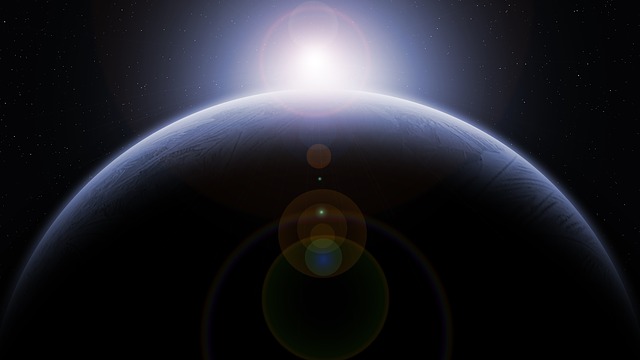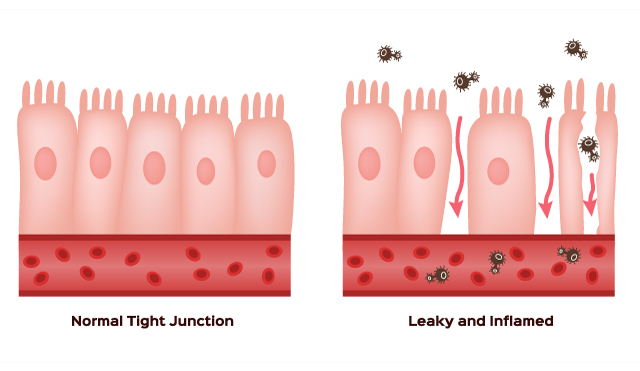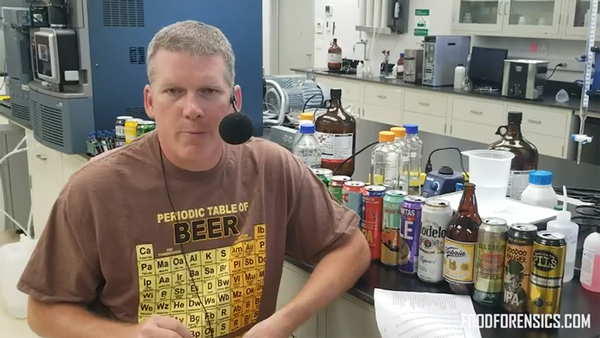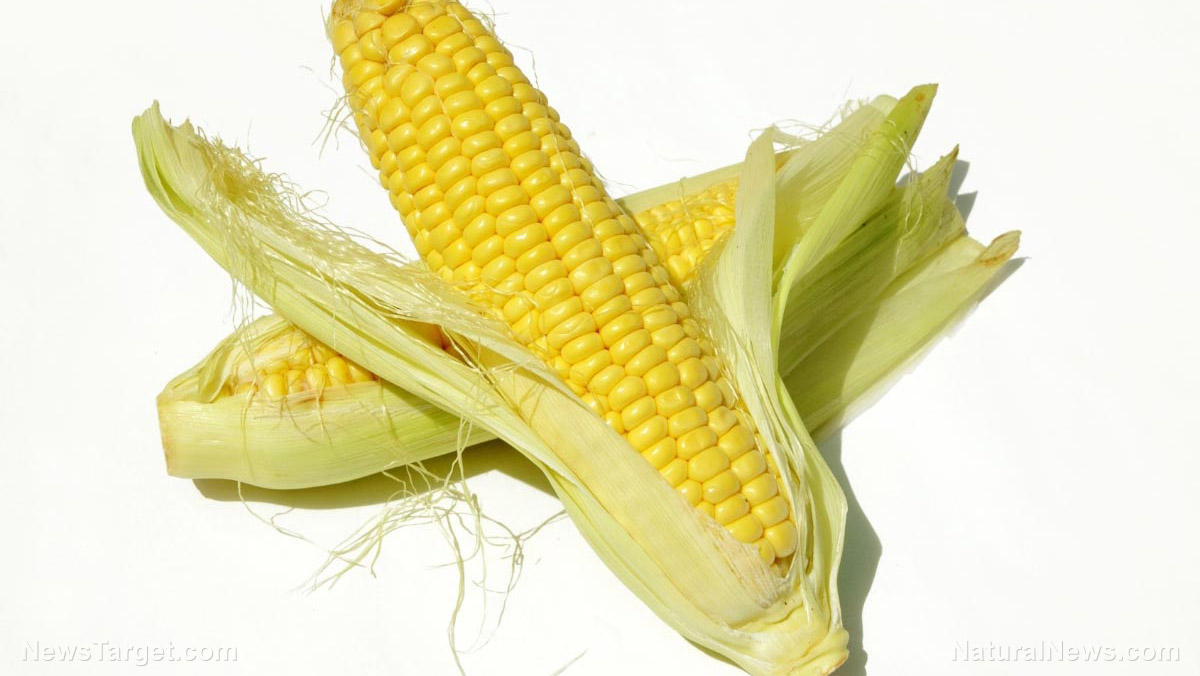Earth-like planets not as rare as once thought: Astronomers estimate there are 2,000 nearby stars that house them
08/04/2019 / By Edsel Cook

Researchers have placed their best bets on finding an Earth-like planet on nearly 2,000 stars, meaning these exoplanets might not be as rare as people think. Some of these stars lay within just a few light-years of our solar system.
NASA’s Transiting Exoplanet Survey Satellite (TESS) has targeted the stellar candidates. The successor to the retired Kepler space observatory, it’s looking for the signs of a transiting exoplanet in 400,000 stars.
Researchers from Cornell University, Vanderbilt University, and Lehigh University have supported an effort to identify the most viable targets in TESS’s catalog of stars with exoplanets in the habitable zone. Cornell researcher Lisa Kaltenegger served as the lead author of the study.
The research team drew from a much earlier Vanderbilt catalog of 470 million stars within the detection range of TESS’s sensors. Another group headed by Vanderbilt researcher Keivan Stassun narrowed the list down to 250,000 stars that might host an Earth-like planet.
Stassun said that it may only take a few years before they eventually come across signs of Earth-like exoplanets in other star systems. Some of those systems might even turn out to be close neighbors of our solar system. (Related: Group of Earth-like planets 40 light years away could harbor life outside the solar system.)
Catalog identifies almost 2,000 stars that may have habitable exoplanets with breathable atmospheres
The new star catalog is made up of 1,823 stars. The candidates lie within TESS’s detection range for habitable planets that are slightly larger than Earth. Furthermore, these stars bathe their hypothetical planet with the same amount of light that Earth gets from the sun.
Of these stars, 408 allowed TESS to detect an exoplanet around the same size as Earth. The potential exoplanets also received the same amount of light as Earth.
“Life could exist on all sorts of worlds, but the kind we know can support life is our own, so it makes sense to first look for Earth-like planets,” Kaltenegger said. “This catalog is important for TESS because anyone working with the data wants to know around which stars we can find the closest Earth-analogs.”
TESS may detect an exoplanet in just one transit, but the space telescope needs to spot two transits to confirm the planet’s existence and calculate the distance between it and its parent star.
With this in mind, the nearly 2,000 stars in the new catalog are ones from which TESS could spot two planetary transits during its two-year-long mission. Those orbital periods place the exoplanets within the habitable zone of the star.
Every star has a habitable zone around it. A rocky planet inside that zone may maintain liquid water on its surface, allowing it to support life, much like Earth.
The closest star with a potential Earth-like planet is only 4 light-years away
As if that wasn’t enough, the star catalog also identified a subset of 227 candidates that TESS could scan much more thoroughly. In these star systems, the NASA space observatory could scan the entire habitable zone, which may reach as far as the orbit of Mars around the sun.
If a potentially habitable exoplanet turned up in any of these 227 stars, researchers would have plenty of time and data to evaluate them.
All of the candidate stars are cool dwarfs picked for their brightness. The closest stars were only four light-years from our solar system.
“We don’t know how many planets TESS will find around the hundreds of stars in our catalog or whether they will be habitable, but the odds are in our favor,” Kaltenegger promised. “Some studies indicate that there are many rocky planets in the habitable zone of cool stars, like the ones in our catalog.”
Eventually, TESS will receive backup from the James Webb Space Telescope and extremely large telescopes on Earth.
Sources include:
Tagged Under: alien life, astronomy, dwarf stars, Earth-like planets, exoplanets, extraterrestrial life, habitable zone, NASA, outer space, planets, rocky exoplanets, satellites, Space, space exploration, star systems, Stars, telescope, TESS, Transiting Exoplanet Survey Satellite
RECENT NEWS & ARTICLES
COPYRIGHT © 2017 RESEARCH NEWS



















